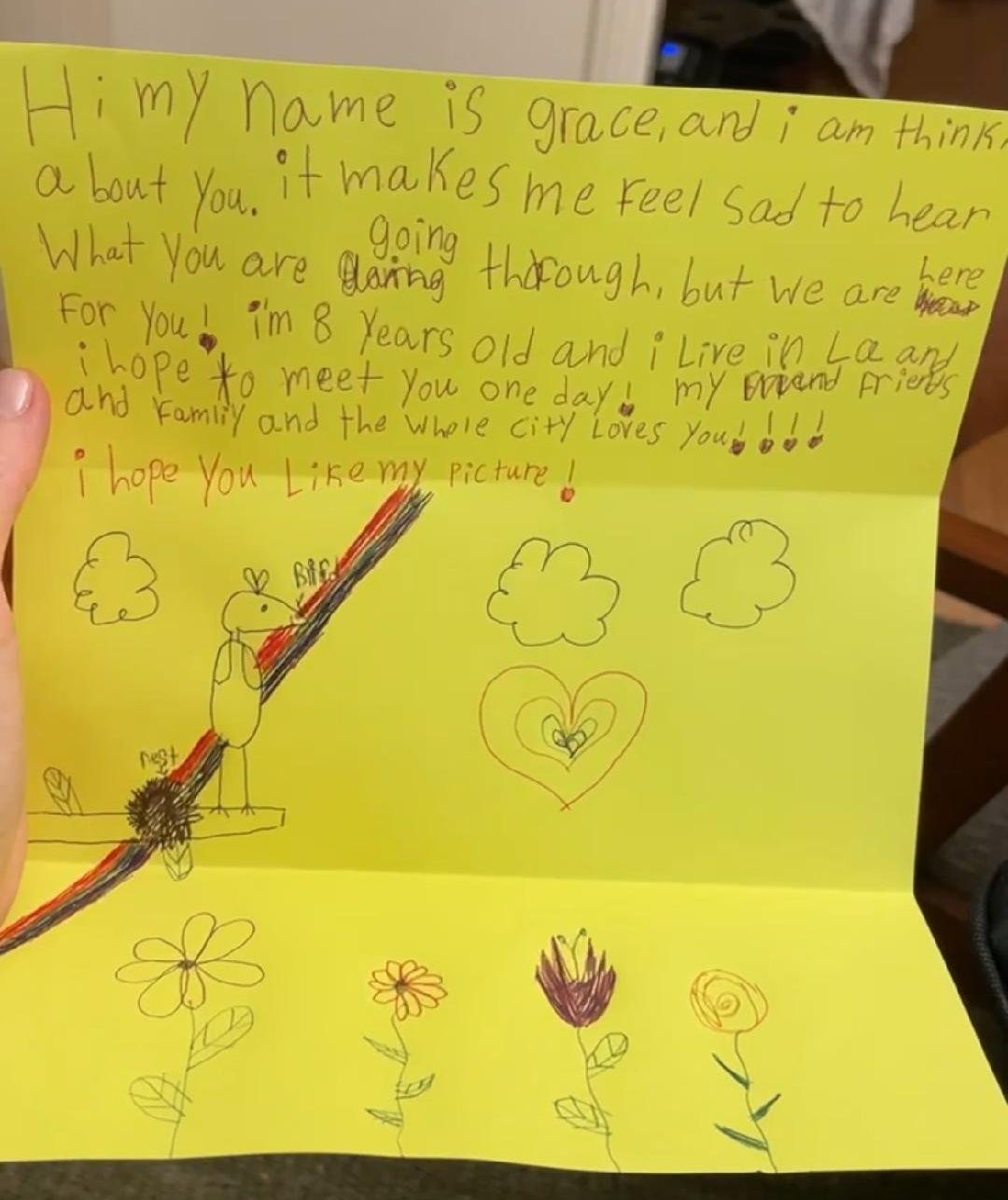Steve Carell calls into high school assembly and announces he's buying 800 students' prom tickets
Carrell did a great thing, but that didn't stop him from going full Michael Scott.
Steve Carell announces free prom tickets for seniors affected by southern California wildfires.
Actor Steve Carell showed up in a big way for high school students affected by the recent wildfires in Altadena and the Pacific Palisades in Los Angeles. The Office actor, 62, partnered with charity Alice's Kids (@alicewillhelp), to pay for all seniors to attend prom at six different high schools in Altadena, California.
According to Alice's Kids founder and executive director Ronald "Ron" Fitzsimmons, Carell will be sending about 800 seniors to prom for free. Fitzsimmons told USA Today that Alice's Kids will donate about $175,000 in total.
The uplifting news was shared via Alice's Kids Instagram page, with a personal message from Carell that was played at each high school via video projection in auditoriums. "A special message from our friend Steve Carell. Right now, this is being viewed by every senior at the six high schools in Altadena, CA!! @stevecarellofficial," the video's caption reads.
“Attention. Attention all seniors. This is Steve Carell with a very special announcement. I work with a wonderful charity based out of Virginia called Alice’s Kids. And Alice’s Kids wanted me to let you know that they will be paying for all of your prom tickets,” he said in the video. “And if you have already paid for your prom tickets, they will reimburse you for your prom tickets. It’s a pretty good deal. Have fun. Enjoy the prom, and remember, this is Steve Carell.”
Fans of The Office will notice that the video is a subtle nod to the hit NBC show, where Carell played boss Michael Scott. During a 2009 episode from the sitcom titled "Scott's Tots," he promises to pay the college tuition for a group of third graders if they graduate. But when the time comes to cough up the cash, he doesn't have it. Thankfully, Carell's donation to Altadena students had a different outcome.
The video got an overwhelming response from viewers, many who caught on to The Office reference. "'Hey Mr. Scott! Whatcha gon’ do? Whatcha gon’ do? Make our dreams come true!' This is beautiful," one wrote. Another commented, "Love this! Scott’s Tots for the win!" And another added, "Scott’s tots is coming true!!"
Another wrote, "thank you so much for blessing our students at Pasadena HS with an unforgettable night of memories ✨️🌹🙏🏼." And another shared, "What a thoughtful way to celebrate kids who’ve lost so much!"
One viewer was also personally impacted: "THANK YOU FOR THIS!! MY SISTER IS ABLE TO GO TO PROM!!🫶🫶🫶," they wrote. still another added, "Thank you @alicewillhelp and @stevecarellofficial on behalf of my Muir Senior 💙💛🐴🙏🏽. You all are awesome!!!!! 👏🏽"
Fitzsimmons told USA Today that Carell and his wife, Nancy, have been involved with the organization for over seven years. The idea to donate tickets to prom came after making numerous calls to schools affected by the wildfires.
"That's when I thought, 'Well, let's do something later on. Later on, all the charities will be gone. The kids who are seniors will be going off somewhere,'" Fitzsimmons told the publication. "So that's when I thought, 'What can we do to lift them a little bit in a few months from now?' That's when the idea of prom tickets came up."





 Photo courtesy of
Photo courtesy of 